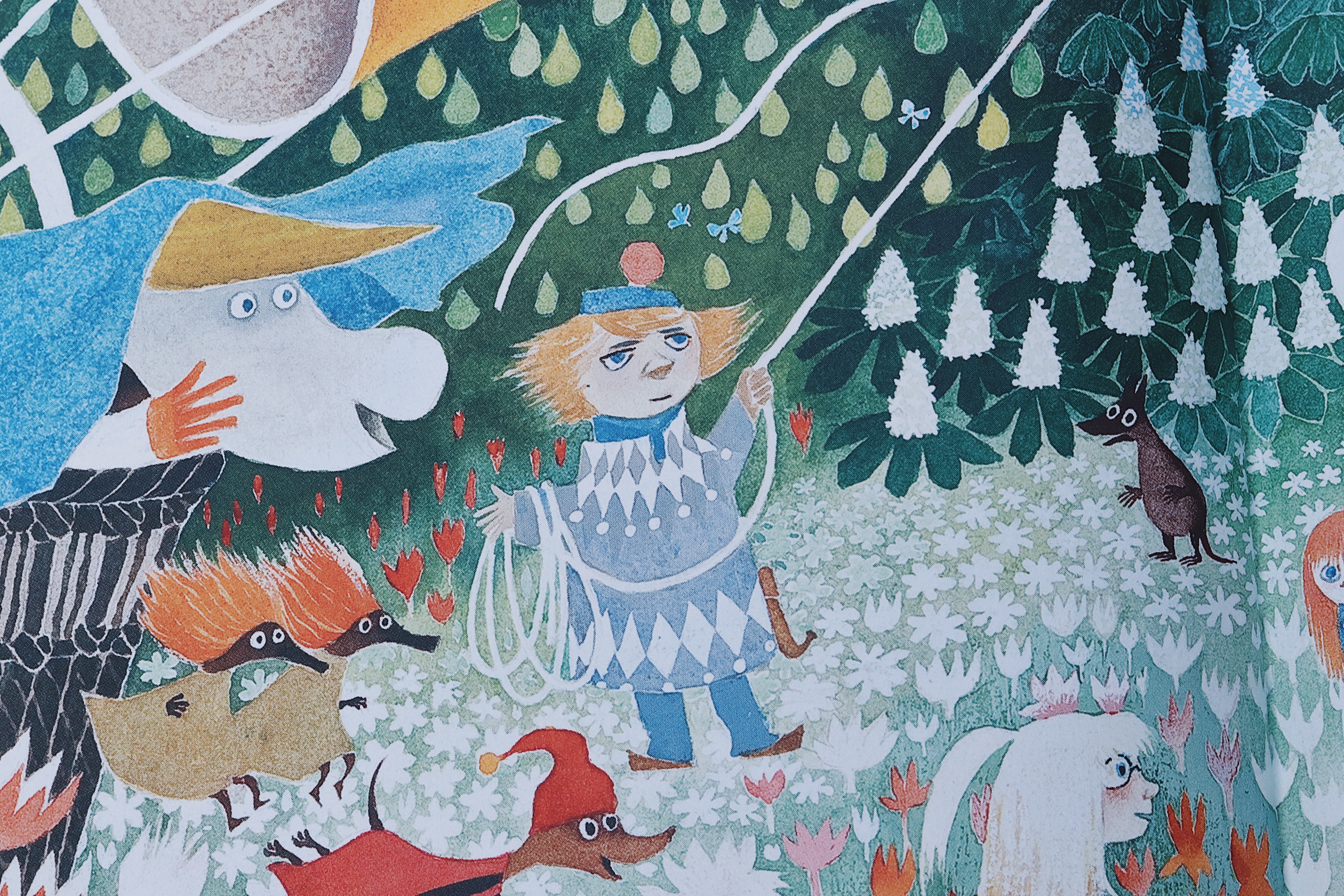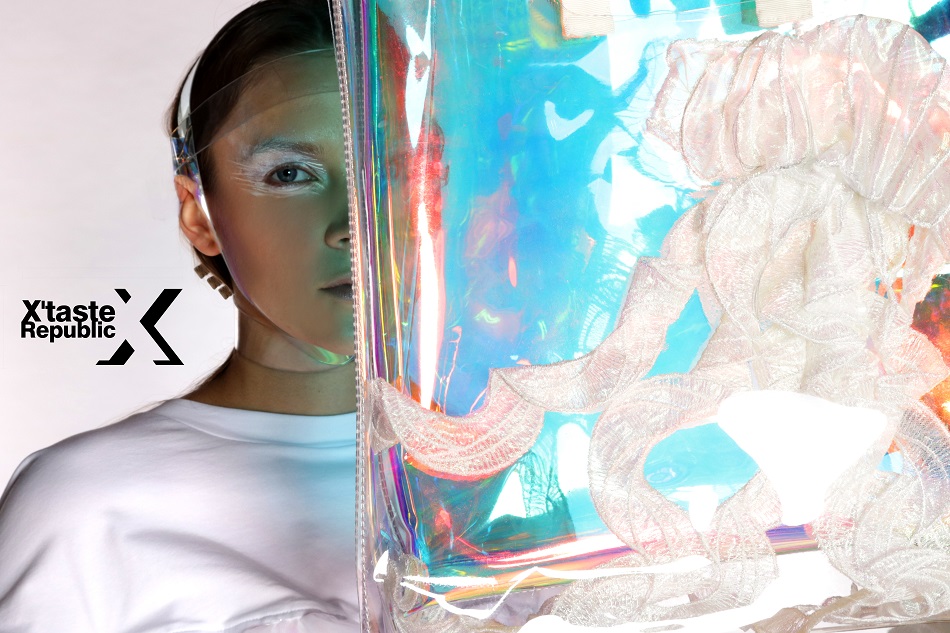Leisure & Culture #46
Loneliness in Moomins’ World
Moomin
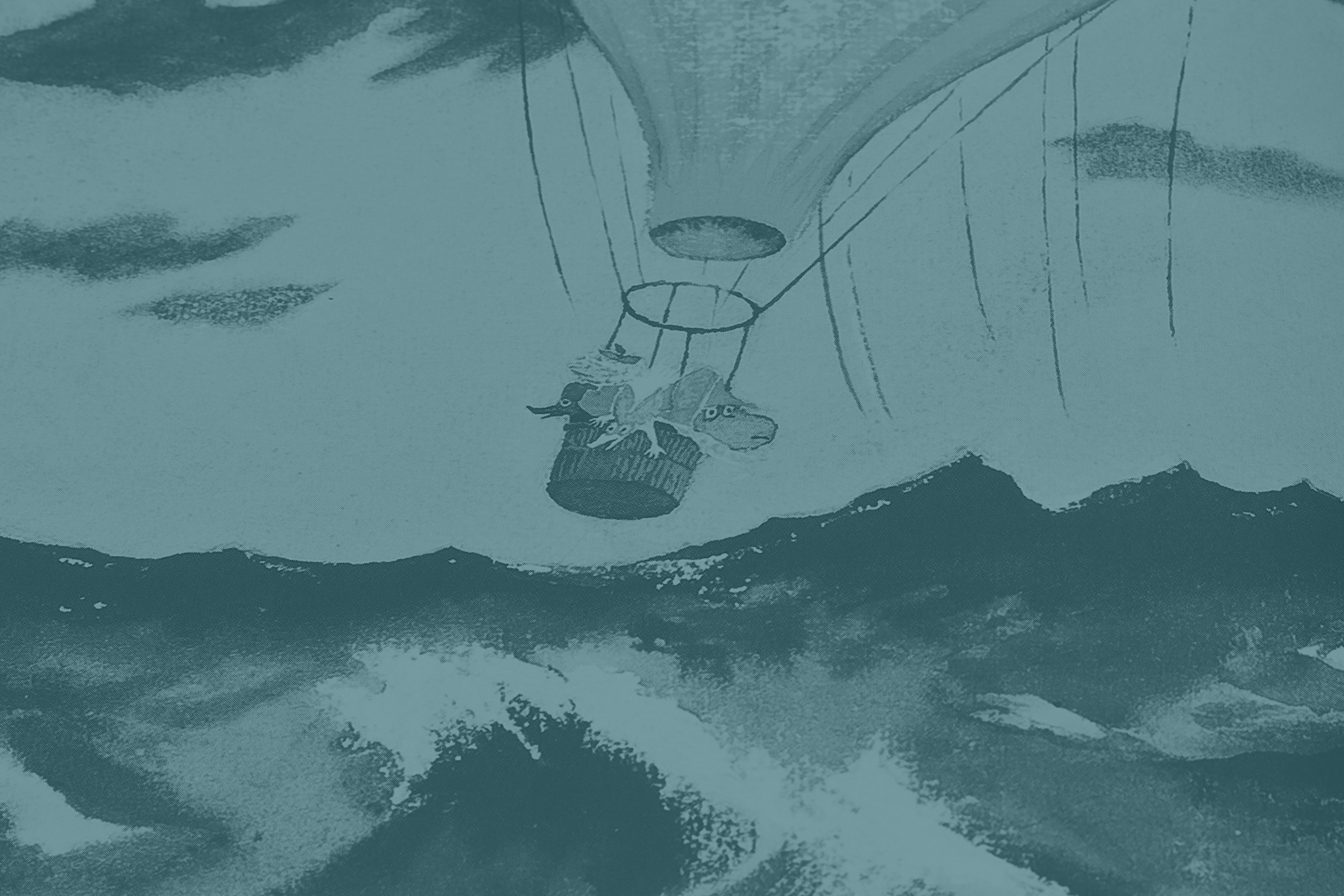
Written and photos by: Kit Chan
Translated by: Derek Leung
Probably, before being able to heal others, you must keep trying and testing until you find the right remedy.
Finnish artist Tove Jansson (1914-2001) wrote a few stories about the daily adventures of a group of fairies in the Moominvalley. These novel stories together with the picture books thereafter published have made a remarkable worldwide sale of more than 15 million copies and rendered successful translations of 44 different languages, witnessing the growth of several generations from all over the world in the past some 70 years.
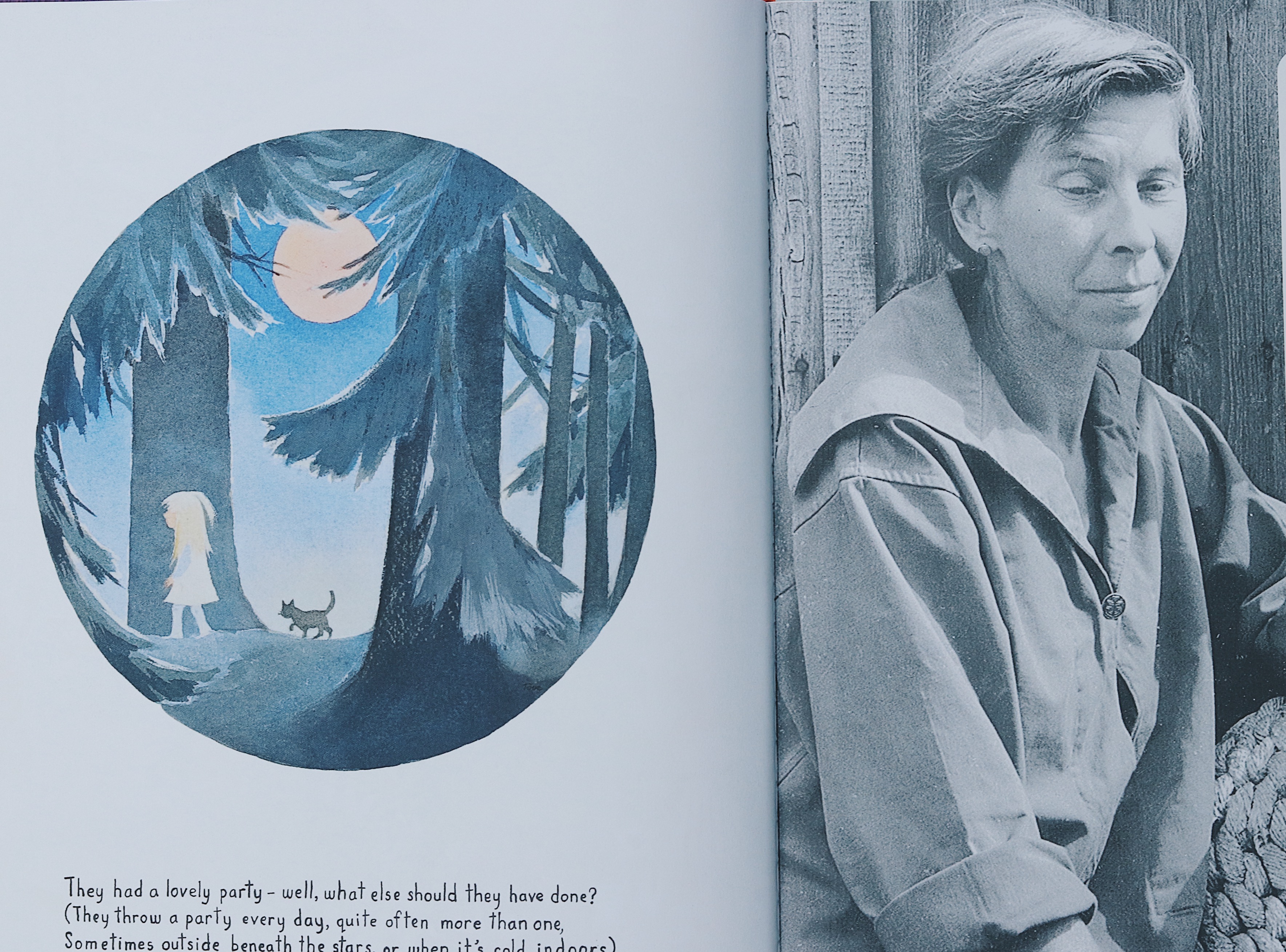
Charming the Asian readers with the Japanese animated version, which enjoys unrivaled popularity after being translated into Japanese in 1964, the illustrations of Moomins focus on the descriptions of whimsical adventures and forever friendship, to name but a few. Despite the frequent portrayal of peace and innocence, the original story is indeed a self-salvation and an escape from the stark reality.
Everything originates from the dire straits of the times: In 1945 when "The Moomins and the Great Flood" was published, the World War II had just ended. However, Finland did not remain undisturbed. Instead, the aggression by the Soviet Union led to the short-lived tragic Winter War (from 1939 Winter to 1940 Spring) in and even cession of the territory in this Nordic country.
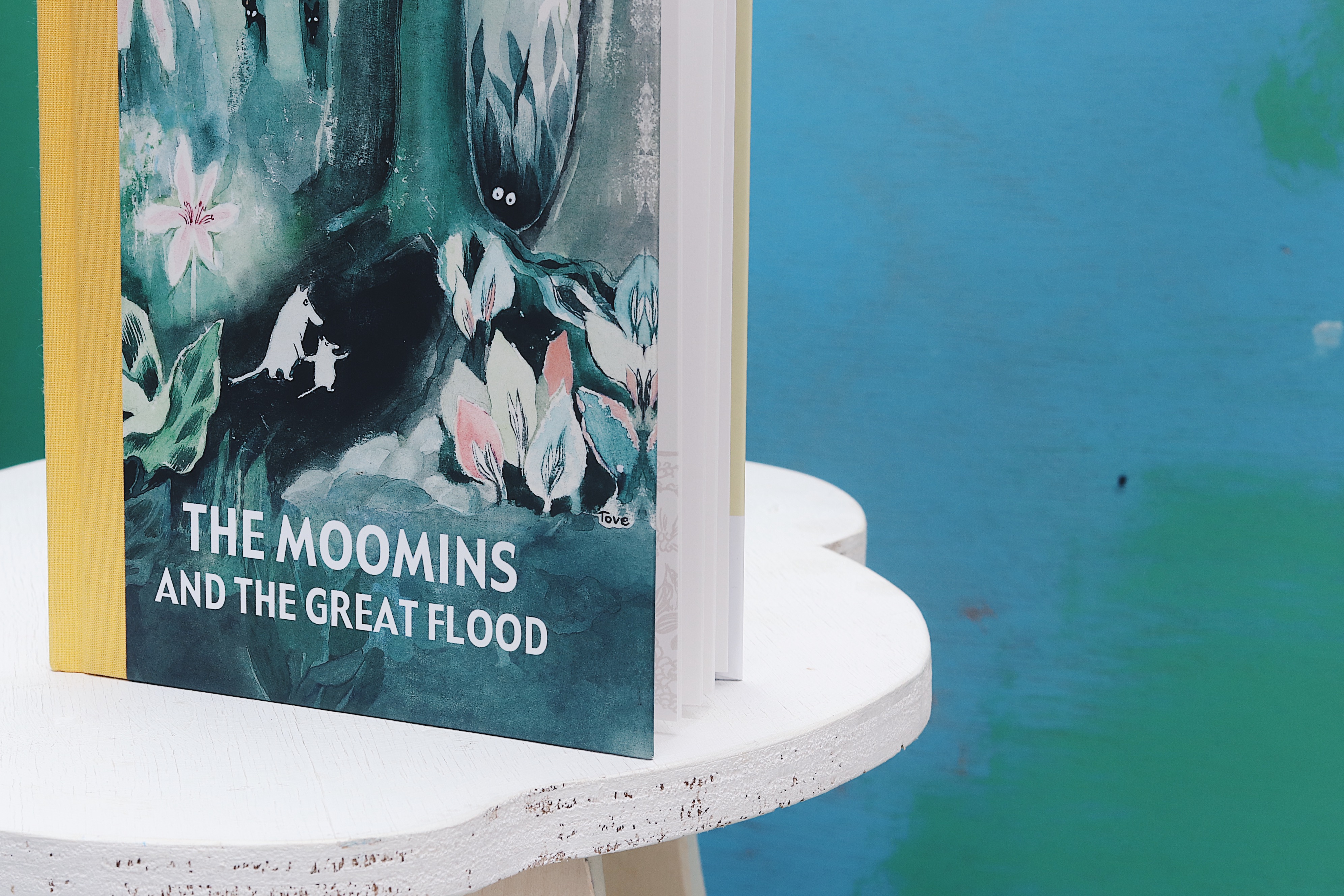
Amid the social unrest, the Moominvalley becomes a certain kind of psychological projection of Jansson: "The Moomins and the Great Flood", originally a work of children's literature, sees an unusual scary plot, where the refugees in the story are forced to be in exile and the illustrations aside the text are all drawn in saddening black-and-white rough lines. Jansson's occasional graffiti-like chaotic illustrations are even in significant contrast to her elegant and approachable style observed in the later times.
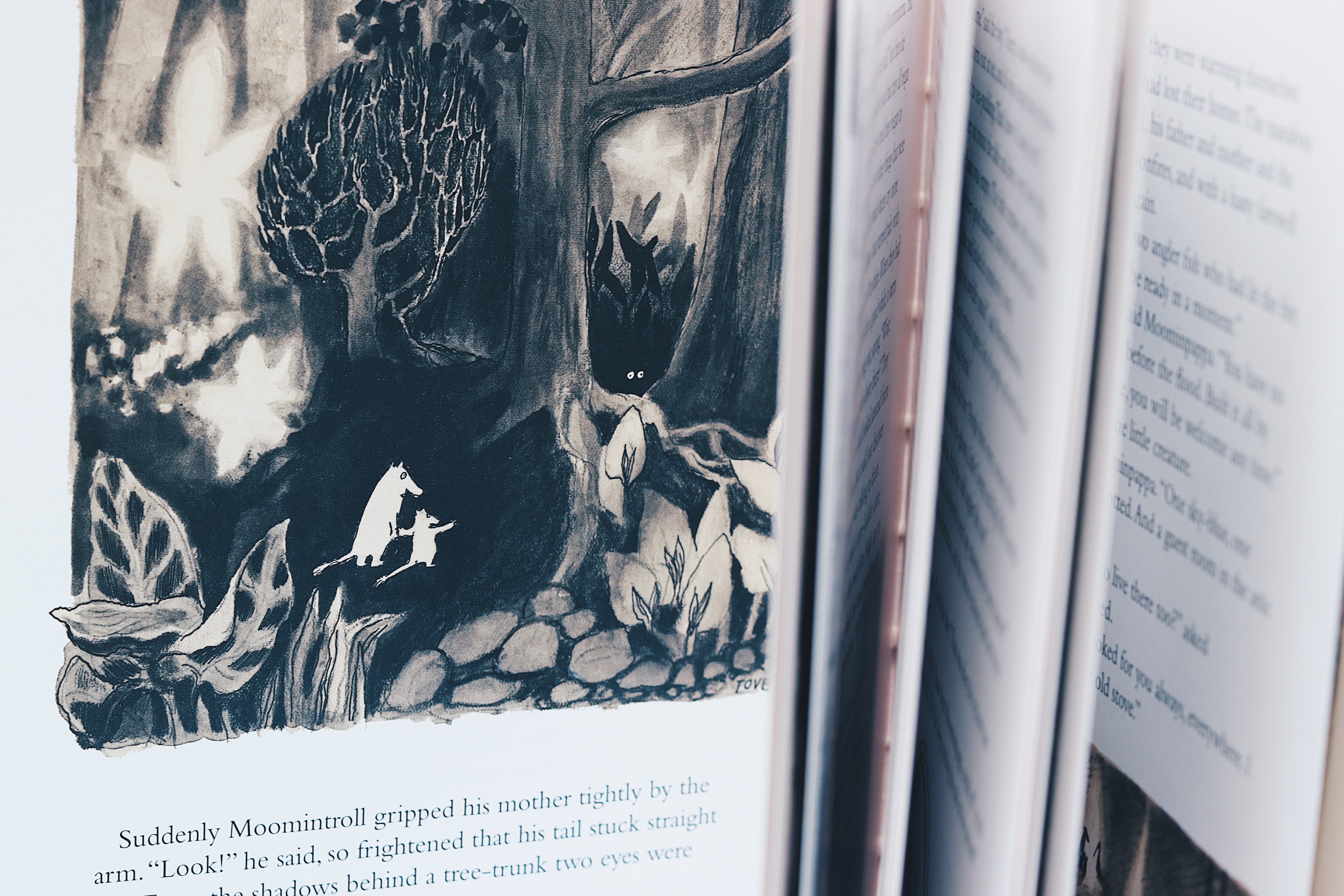
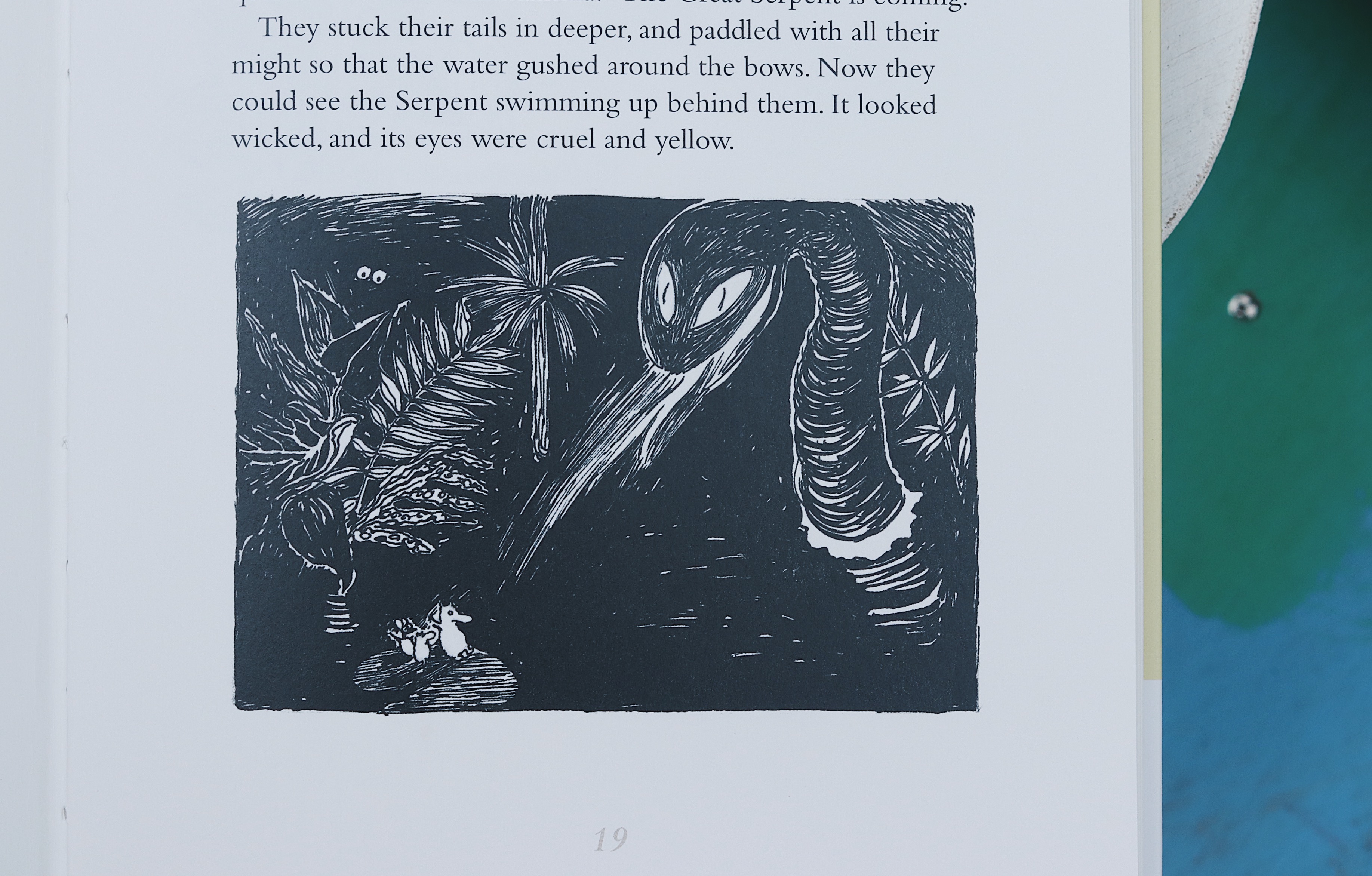
"Moomins and the Comet Chase" later published in 1946 is also a miserable story describing the advent of fear before the arrival of the comet. Comment has it that the comet is a symbol of nuclear weapons, while some scholars have even made bold assumptions that the Moominvalley is a weird empty world left behind after the nuclear war, and that all characters are desolate creatures desperately struggling to survive together.
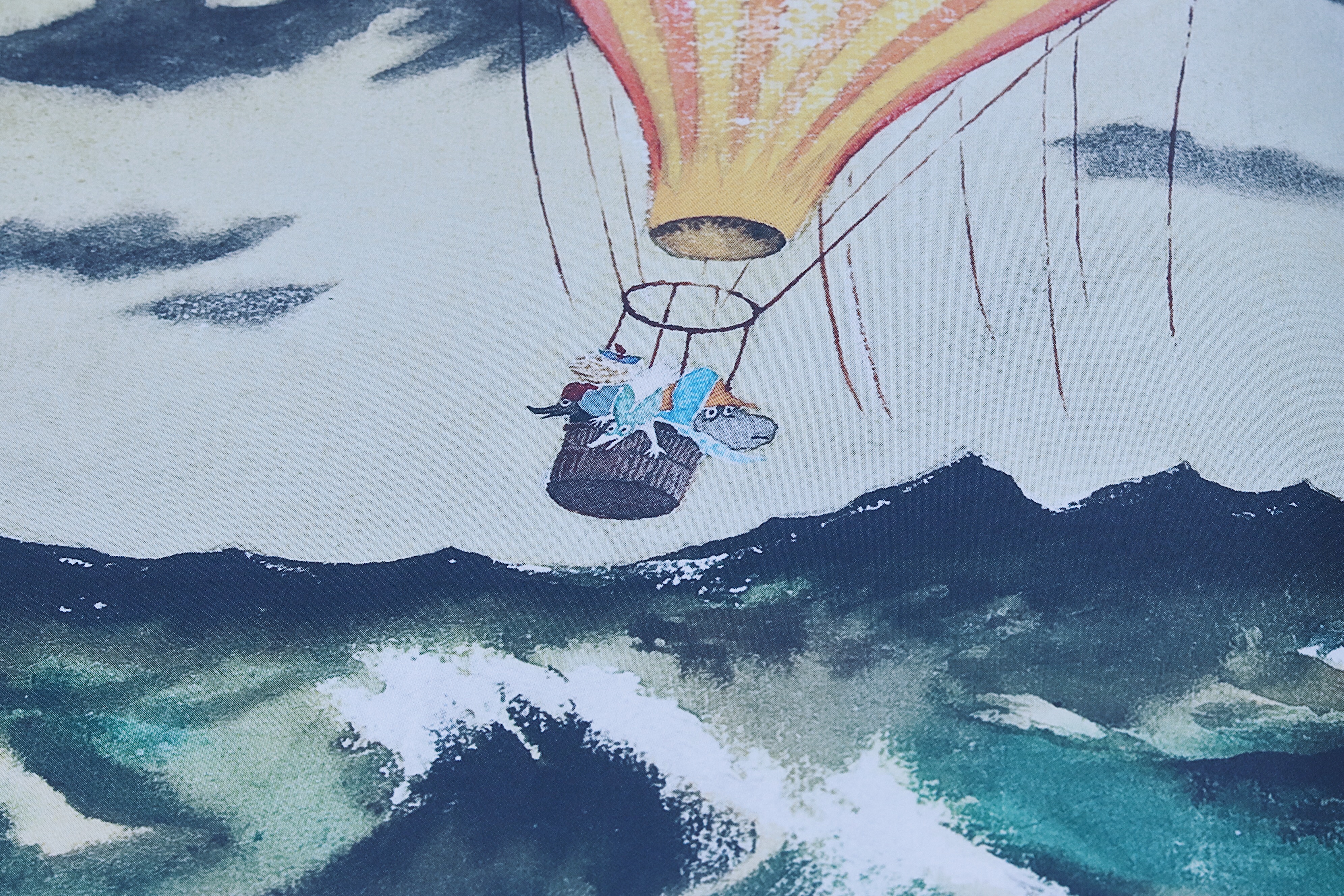
The Moomins' series is not only a creative work, but also a mirror that reflects the author and her thoughts: Moominpappa and Moominmamma are apparently the Jansson's parents, whereas Too-Ticky, the smart lady dressed in neutral style appearing in the later part of the series, are generally considered the symbol of Jansson's same-sex partner Tuulikki Pietilä.
Unlike other children's books that preach, the original stories of Moomins emphasize no absolute concepts of the good and bad, and advocate the acceptance of everyone's multiple characters and differences.
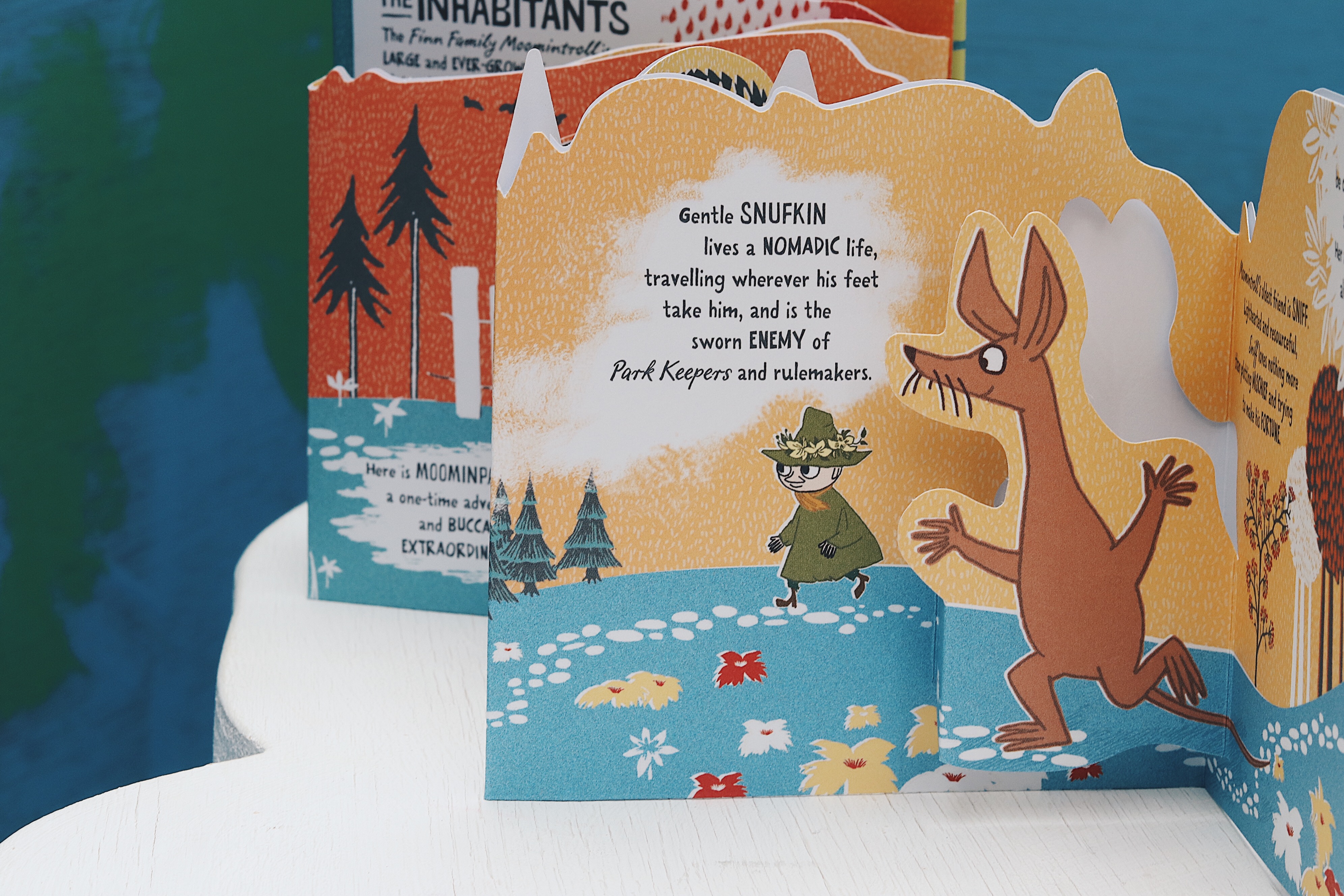
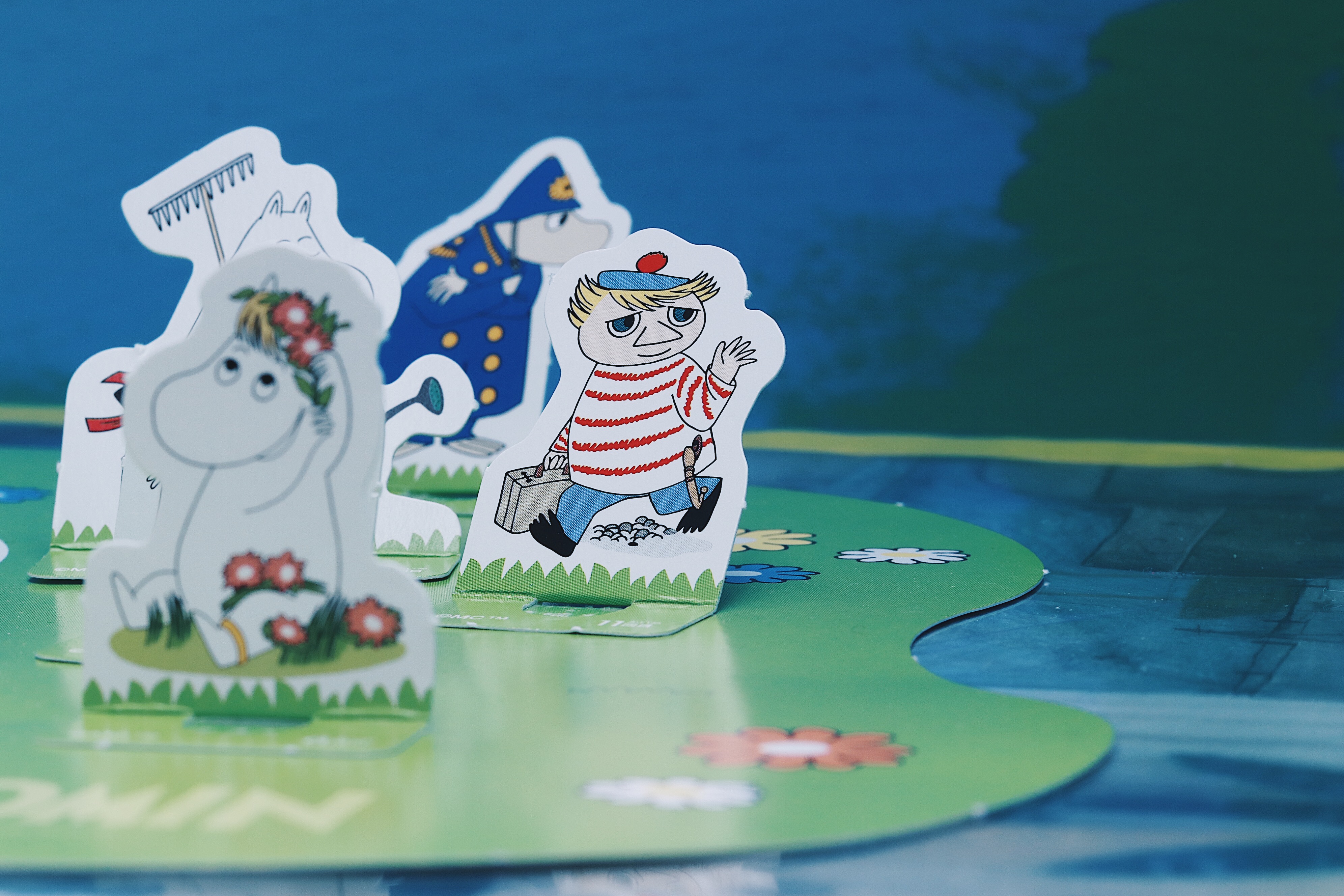
For instance, there is no difference in Moominmamma's intention to offer food treats for both the police and the robbers. The ghost-like hill-shaped monster Groke, who freezes everywhere she walks and makes plants die, after all spends her whole life catching the warm and bright oil lamp, around which people can be found. This likely implies that the seemingly cold and indifferent people would somehow be warm and that everything would be different as long as you are willing to let go, approach and listen?
Jansson has never hidden the adult world in her work, as she believes loneliness, loss and fear are the lessons every single life in the world has to learn.
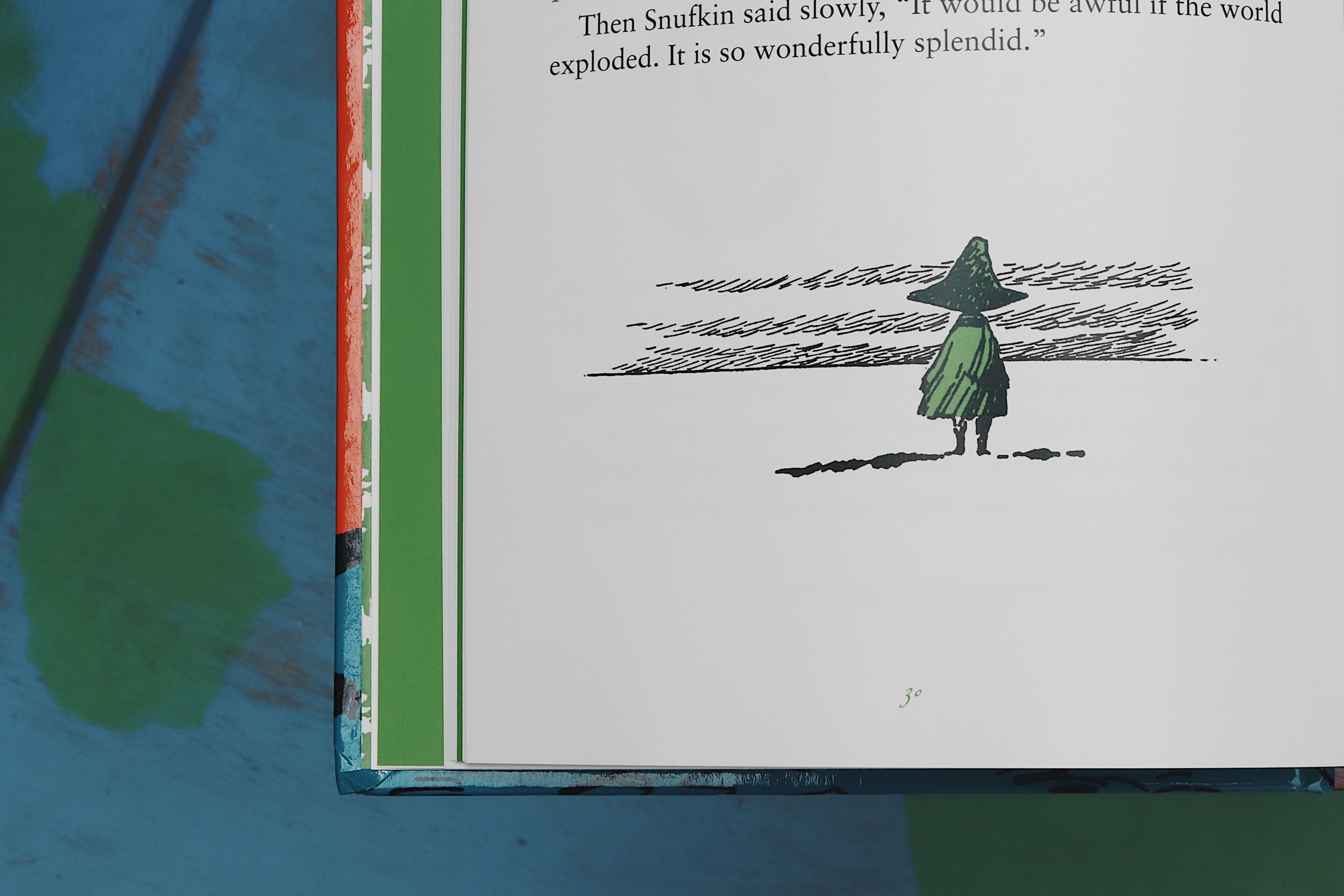
"You're alone, but that's not a big deal, as we're all alone," she once said. Her stories always last for a yearly cycle from Spring to Winter. It is a cycle of brutal reality that she creates; nevertheless, it is an amplifier of virtue, brevity and the pursuit of peace, which in return soothes the sad and desperate and shows them another perspective to view the world.
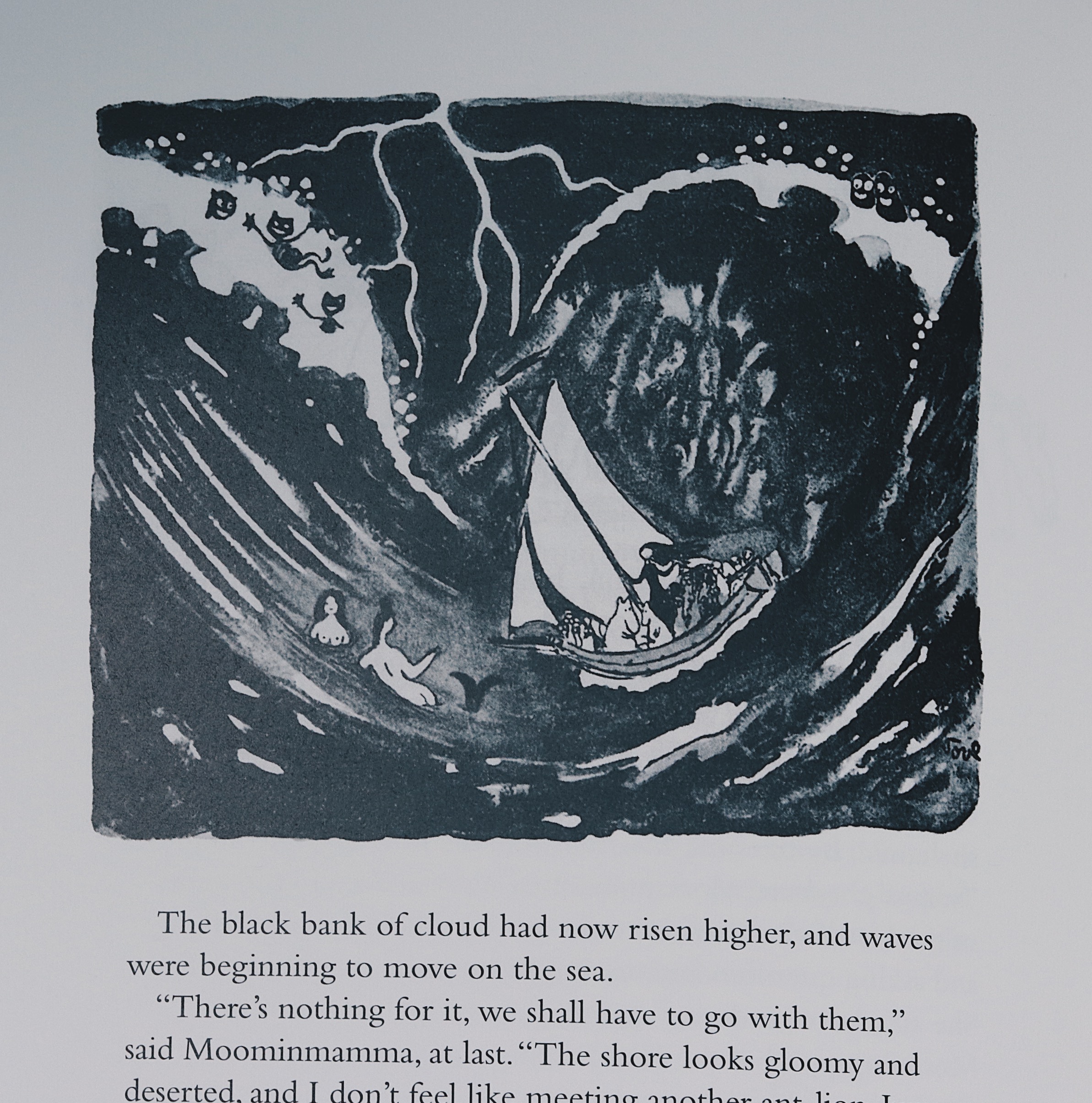
The last novel "Moominvalley in November" talks about the hibernation plan of Moomins' friends at Moomins' home where it is, however, vacant. With the loss of the news about the Moomins and finally an unclear image of boat with unknown passengers found by the sea at the end of the story, such an open ending gives every reader a doubtful suspension, or instead an ever-lasting hope for a brighter tomorrow that can conquer darkness.
